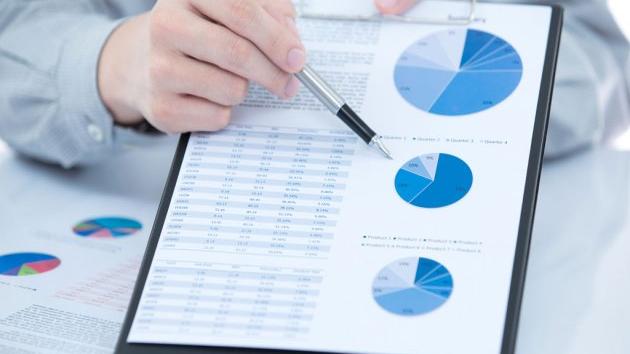Dragasevic: Serbia expects Fitch’s investment-grade rating in July
(Photo: Print screen / Google maps)

According to him, it is expected that in the period of six to 12 months, which is the usual period when a rating agency gives positive prospects for its further increase, it will “resolve” it.
– In the latest report, Fitch highlighted four basic factors, first of all, that Serbia has a good combination of monetary and fiscal policy, that in the previous period it has established so-called external buffers, i.e. stability systems for all future uncertainties or imbalances in the international environment. And in the past few years, we have witnessed pandemics and geopolitical crises. At the end of last year, Serbia’s foreign exchange reserves amounted to EUR 29.3 billion and were at an all-time high.
The third thing that Fitch points out is that Serbia had a continuous path of economic growth in the last year. We see that we have a real growth of 3.9%. The forecast for the next two years is a growth of over 4%. Foreign direct investments in the past 10 years have been more than sufficient in their inflow to cover the current account deficit. This speaks of the sustainability of Serbia’s foreign trade policy.
Regarding the fiscal situation, the Ministry of Finance announced that the consolidated deficit amounted to 2% of the GDP, so again we had a better result than the one planned by the budget, that is, by its revision at the end of last year, when it was planned to be 2.7%. And what is very important for every rating agency is the safe and downward path of public debt, that is, its share in the GDP. At the end of last year, it amounted to 47.5% – Dragasevic said.
He added that the improvement of the state’s investment rating had repercussions on the entire economy and on more favorable financing conditions, not only for the state but also for companies, and that that would be felt in the coming period.
He also stated that we could expect already in the first quarter that Moody’s might react based on the prospect of increasing the credit rating:
– In the case of Moody’s, we have a credit rating two levels below the investment-grade rating, but we expect already this year that they should, by all parameters, increase it.
Companies:
 Narodna banka Srbije Beograd
Narodna banka Srbije Beograd
Tags:
Fitch
Moodys
National Bank of Serbia
NBS
Nikola Dragašević
Fitch investment grade rating
credit rating
Comments
Your comment
Naš izbor
Most Important News
Full information is available only to commercial users-subscribers and it is necessary to log in.
Follow the news, tenders, grants, legal regulations and reports on our portal.
Registracija na eKapiji vam omogućava pristup potpunim informacijama i dnevnom biltenu
Naš dnevni ekonomski bilten će stizati na vašu mejl adresu krajem svakog radnog dana. Bilteni su personalizovani prema interesovanjima svakog korisnika zasebno,
uz konsultacije sa našim ekspertima.


 Izdanje Srbija
Izdanje Srbija Serbische Ausgabe
Serbische Ausgabe Izdanje BiH
Izdanje BiH Izdanje Crna Gora
Izdanje Crna Gora


 News
News









